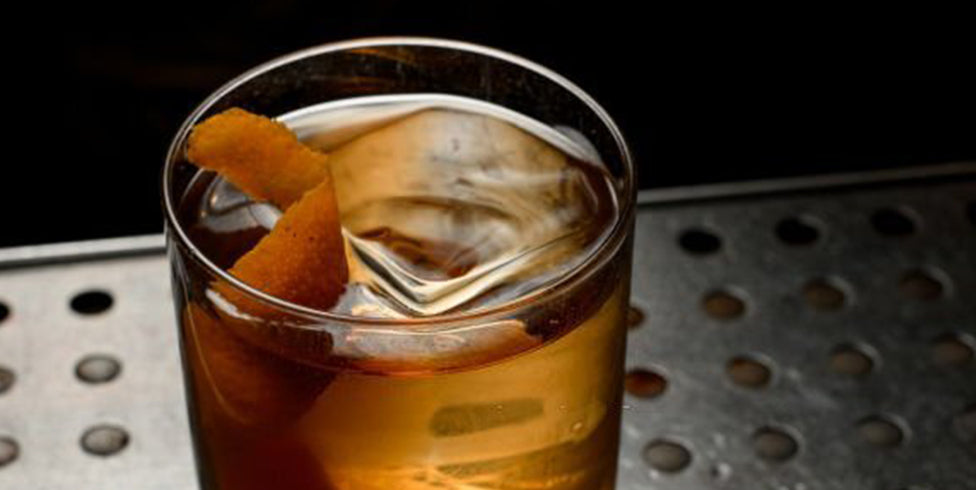
Designing and making enamel pin badges can be a surprisingly complex process. One of the earliest decisions designers make is whether they want soft or hard enamel pins.
As a consumer, you might not have known there’s a difference, but it’s an important distinction in the manufacturing process.
We only ever make hard enamel pins, and to understand why, here are the main differences between soft and hard enamel pins.
Cocktail Critters
Looking for accessories to wear on your next cocktail night? Cocktail Critters has an assortment of fun & fashionable enamel pins and cocktail inspired designs fit for any occasion.
Soft vs. Hard Enamel Pins
First, let’s define what we mean by these terms. Although both are “hard” in the sense that they’re made from metal and enamel, soft pins have raised metal edges around the enamel panels. Hard enamel, on the other hand, is completely flat and smooth on the surface, and the enamel is usually much shinier.
This is the biggest difference between pin types that has knock-on effects on price and durability (as we’ll discuss later). Regardless, the steps for making soft and hard enamel pins are essentially the same, just in different orders. They include:
- Pre-production. The pin is designed, a mold is created, and this is used to punch metal bases.
- During this step, the liquid enamel is poured into the metal base.
- This stage cures the enamel, hardening it using heat.
- The metal back (typically made of iron or zinc) has an electric current passed through it to apply a metal veneer.
Soft Enamel Pins

To make soft enamel pins, the steps are:
- Electroplating
- Enameling
- Baking
The enamel only partially fills the cavities, meaning there are raised edges. However, electroplating the pin before enameling means it can also be dyed, giving designers access to a greater range of colors.
Hard Enamel Pins
Gecko & Tonic Hard Enamel Pin by Cocktail Critters
For hard enamel pins, the production process is slightly different:
- Enameling
- Baking
- Polishing
- Electroplating
Hard enamel pins are baked after each color application, and the cavities are overfilled. This is why there’s an extra step for polishing: it shaves the enamel down so it’s level with the metal back. The result is a shinier and more professional looking pin.
Why are Hard Enamel Pins Better?

Although soft enamel pins are cheaper to produce and can have any color plating, we think hard enamel pins are still better.
First, they’re arguably more polished, both figuratively and literally. Having a flat, shiny pin looks a lot better than one with raised edges and a dull finish. This difference is particularly obvious when you look at more complex designs, such as our Unicorn Scotch pin.
But, more importantly, hard enamel pins are much more durable thanks to the multiple rounds of baking. So, while they’re more expensive to produce, it’s worth it for the extended lifetime of the pin compared to a soft enamel alternative.
You can check out this quick video for a roundup of why hard enamel pins are better.
Choosing the Perfect Pins
At Cocktail Critters, we only make hard enamel pins, and for good reason. We’re proud of our designs and products, so we want you to get as much use from them as possible. Check out our full range to find our perfect cocktail enamel pin.








